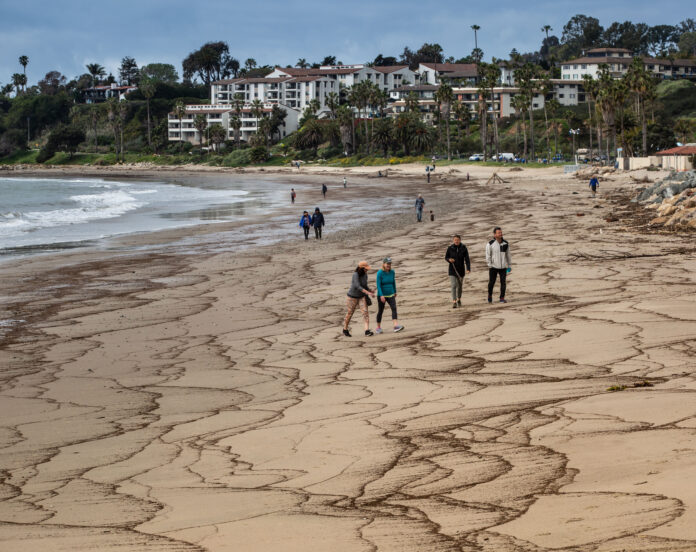The West Coast is preparing for a prolonged and intense rain event as a powerful bomb cyclone forms in the northeastern Pacific Ocean, set to impact southwestern Oregon and Northern California starting Tuesday.
What to Expect: Prolonged Heavy Rain and Flooding
- Storm Details: The rapidly intensifying storm will direct a potent atmospheric river into the region, bringing persistent heavy rainfall.
- Flood Risks: Urban areas, rivers, and streams face significant flooding risks as rainfall totals could reach 15 to 20 inches in some coastal and elevated areas.
- NWS Alerts: Watches and warnings are in place, with forecasts indicating the atmospheric river could linger over northwestern California until the weekend.
High Winds and Power Outages
- Coastal Winds: Gusts of 70 mph or higher could lead to power outages and damage.
- Offshore Winds: Winds up to 100 mph are forecast off Vancouver Island and west of Washington State, where the storm will peak in intensity by Wednesday.
- High Surf: Wave heights offshore could reach 70 feet, pounding the Pacific Northwest coastline.
Storm Classification: A Record-Setting Bomb Cyclone?
- Rapid Intensification: The low-pressure system is forecast to undergo explosive intensification, potentially dropping by 50 millibars or more in 24 hours, far exceeding the “bombogenesis” threshold of 24 millibars.
- Historic Potential: At its peak, the storm could rank among the strongest low-pressure systems ever recorded in the region.
Atmospheric River Severity
- Moisture Surge: The storm will tap into a subtropical moisture plume, funneling concentrated water vapor into Northern California and parts of Oregon.
- Intensity Rating: The event is rated a 4 out of 5 on the atmospheric river severity scale, indicating potential for heavy rainfall and localized flooding.
The Role of Climate Change
- Increased Moisture: Human-caused climate change is amplifying atmospheric river events, making them wetter and more intense. Warmer air and ocean temperatures contribute to higher water vapor content in storms.
- Historical Impact: Studies show atmospheric rivers that struck California in 2017 were up to 15% wetter due to climate change, and future events are expected to follow this trend.
Looking Ahead
While this storm is unlikely to reach historic flooding levels, it serves as a reminder of the increasing severity of heavy precipitation events fueled by climate change. Residents in affected areas should prepare for prolonged rain, strong winds, and potential flooding through the week.


